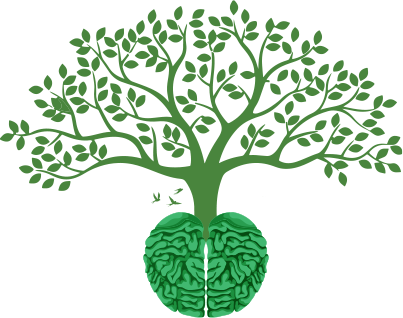
Imagine taking your thoughts for a stroll, sharing them out loud while walking in fresh air. That’s what walk and talk therapy, or outdoor therapy, is all about. It blends traditional psychotherapy with the natural rhythm of movement, making the process less intimidating and more human. If the idea of sitting in a closed room feels stifling, this approach creates space to breathe, both physically and emotionally. Walking alongside a counsellor can feel like talking to a trusted companion, helping the conversation flow naturally while reaping the calming benefits of being outdoors. It’s proof that a little movement can go a long way for the mind and soul.
Table of Content:-
CHECK YOUR
MENTAL HEALTH

With mental health problems taking the lead as the most frequent noncommunicable disease in the modern world, treading on a path to explore interventions that are in sync with nature is essential. To understand the same, our team at OnlyMyHealth connected with an expert, Dr. Prarthana Saraswathi, Consultant Psychiatrist, Rela Hospital, Chennai.
What is Walk and Talk Therapy?

According to Dr Saraswathi, walk and talk therapy, or outdoor therapy, integrates movement with traditional psychotherapy by conducting sessions in an outdoor setting. Walking alongside a counsellor can help clients who struggle to open up in closed-room sessions, improving rapport and enhancing the therapeutic process.
The Link Between Movement And Therapy
A recent study discovered that moving in sync with another person can boost self-esteem. Additionally, research highlights that spending time in natural outdoor settings nurtures not just physical health but also emotional and spiritual well-being. It fosters a deeper sense of connection, encouraging individuals to perceive themselves as part of a larger, interdependent community of life.
In an experimental study involving 40 participants (31 women) experiencing burnout and stress-related issues, half participated in a walk and talk therapy program, while the rest formed a passive control group. Findings revealed that those who engaged in walk and talk sessions showed greater improvements in burnout symptoms, stress levels, mental health, and overall well-being compared to the control group.
Corroborating this, Dr Saraswathi lists two primary benefits,
- Rapport Building: Walking side by side gives way to a more relaxed and comfortable environment.
- Increased Engagement: Movement helps reduce resistance, making therapy more effective.
The Sedentary Lifestyle Crisis
Dr Saraswathi says, “Most of us have jobs that keep us stuck at the work desk, which is why we lead a sedentary lifestyle. Despite being aware of the importance of exercising or working out, it can be viewed as a chore or another thing to fit in our day-to-day schedule. The truth is we can still incorporate some form of mindful movements throughout the day regardless of what our job and lifestyle entails.” She emphasises on the impact lack of movement has on mental health, and lists four essential pointers.
Also Read: Struggling to Open Up in Therapy? 5 Things You Can Talk About
What Lack of Movement Does To Your Mental Health
Stress And Cognitive Decline Causes,
Lethargy
Poor concentration
Disrupted sleep
Heightened anxiety
Unhealthy Lifestyle Choices Cause,
Weight gain
Diabetes
Hypertension
PCOS
Stroke
Reduced Productivity Impairs,
Decision-making
Work performance
Quality of life
Mental Health Risks Contribute To,
Anxiety
Depression
Low self-esteem
Poor self-confidence.
The Science Behind Movement and Mental Health

Dr. Saraswathi highlights that movement triggers the release of “feel-good” hormones such as endorphins, dopamine, oxytocin, and serotonin. These neurochemicals improve mood, boost motivation, and support healthier brain cells through BDNF (Brain-Derived Neurotrophic Factor).
Exercise also enhances brain function by improving blood circulation and regulating the hypothalamic-pituitary-adrenal (HPA) axis. The HPA axis interacts with key brain areas like:
- Limbic System: Controls mood and motivation.
- Amygdala: Manages stress-induced fear responses.
- Hippocampus: Supports memory formation and emotional regulation
Walking Towards Better Mental Health
In a world where mental health challenges are on the rise, walk and talk therapy offers a refreshing and effective approach to healing. By combining movement with traditional psychotherapy, it not only enhances the therapeutic process but also addresses the detrimental effects of a sedentary lifestyle. The calming influence of nature, paired with the physical and mental benefits of movement, creates a holistic pathway to improved well-being. As Dr. Saraswathi emphasises, even small, mindful movements can have a profound impact on our mental and emotional health, proving that taking steps, both literally and metaphorically, can lead to a healthier life.
Also watch this video
How we keep this article up to date:
We work with experts and keep a close eye on the latest in health and wellness. Whenever there is a new research or helpful information, we update our articles with accurate and useful advice.
Current Version